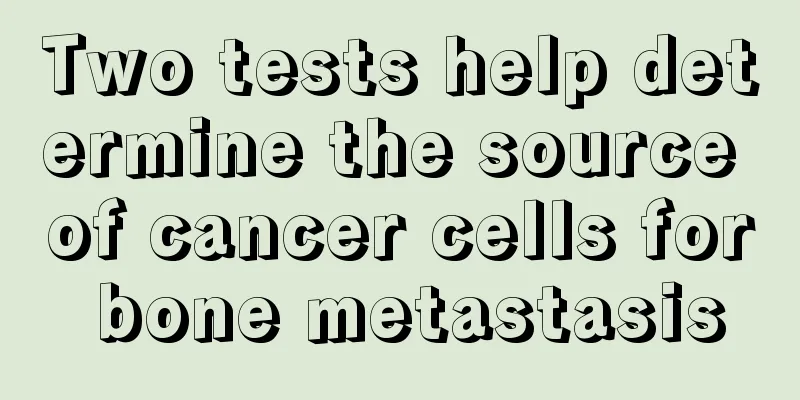Specific manifestations of colon cancer

|
The entire colon is divided into two parts, the right colon and the left colon, by the middle part of the transverse colon. Due to the differences in physiology, anatomy and pathology between the two, their clinical characteristics are also different. The right colon cavity is enlarged, and the stool in the intestine is liquid. The tumors in this section of the intestine are mostly ulcerous or cauliflower-shaped cancers that protrude into the intestinal cavity. There is rarely annular stenosis, so obstruction does not often occur. However, these tumors often rupture and bleed, and secondary infections are accompanied by toxin absorption. Therefore, clinically, there may be abdominal pain, stool changes, abdominal mass, anemia, weight loss or cachexia. (1) Abdominal pain and discomfort 75% of patients experience abdominal discomfort or dull pain, which is intermittent at first and then becomes continuous, often located in the right lower abdomen, which is very similar to an attack of chronic appendicitis. If the tumor is located in the hepatic flexure and the stool is relatively dry, colic may also occur, which should be distinguished from chronic cholecystitis. About 50% of patients experience loss of appetite, fullness, belching, nausea and vomiting. (2) Stool changes: Early stool is thin, contains pus and blood, and the frequency of bowel movements increases, which is related to the formation of tumor ulcers. When the tumor volume increases, it affects the passage of stool, and diarrhea and constipation may occur alternately. The amount of bleeding is small, and it is fully mixed with stool as the colon moves, which is not easy to see with the naked eye, but the occult blood test is often positive. (3) Abdominal mass: More than half of patients will find abdominal mass when they seek medical attention. This mass may be the tumor itself or a mass formed by intestinal infiltration and adhesion. The former has a more regular shape and clear outline; the latter has an irregular shape. The mass is generally hard in texture, and once secondary infection occurs, it is limited in movement and tender. (4) Anemia and cachexia About 30% of patients develop anemia due to continuous bleeding from tumor rupture, and also experience weight loss, limb weakness, and even systemic cachexia. |
<<: Gross pathological types of liver cancer
>>: Clinical manifestations of colon cancer
Recommend
After the fake black wolfberry is soaked in water
Black wolfberry is also called black fruit wolfbe...
This is how to get rid of eye bruises
Eye bruises are very common in daily life, but th...
My arm was scalded by hot water
Many people often get their arms scalded when wat...
Is there still a risk of small liver cancer not recurring after 5 years of radiofrequency? The main prevention now
Is it still dangerous if there is no recurrence o...
How to cover thyroid cancer scars better
Thyroid cancer surgical scars can generally be co...
Does mental work consume calories?
Mental work does not significantly increase energ...
The best hospital for treating throat cancer
Which is the best hospital for treating laryngeal...
Precautions after gallbladder stone surgery
Gallstones are a relatively common disease. If ne...
Introduction to TCM treatment methods for epilepsy
Epilepsy is more effectively treated through trad...
Surgical treatment is the main method for the treatment of bladder cancer
There are many treatments for bladder cancer now,...
Teppanyaki seasoning recipe
In fact, many ingredients can be used to make tep...
Is there a good way to cure thyroid cancer?
Nowadays, many people suffering from thyroid canc...
What are the characteristics of nose bleeding in nasopharyngeal carcinoma?
Nasopharyngeal carcinoma manifests as nose bleedi...
Which hospital is better for treating gastric cancer
Which hospital is better for treating gastric can...
What are the early symptoms of brain cancer
Can brain cancer cause nosebleeds? Generally spea...









